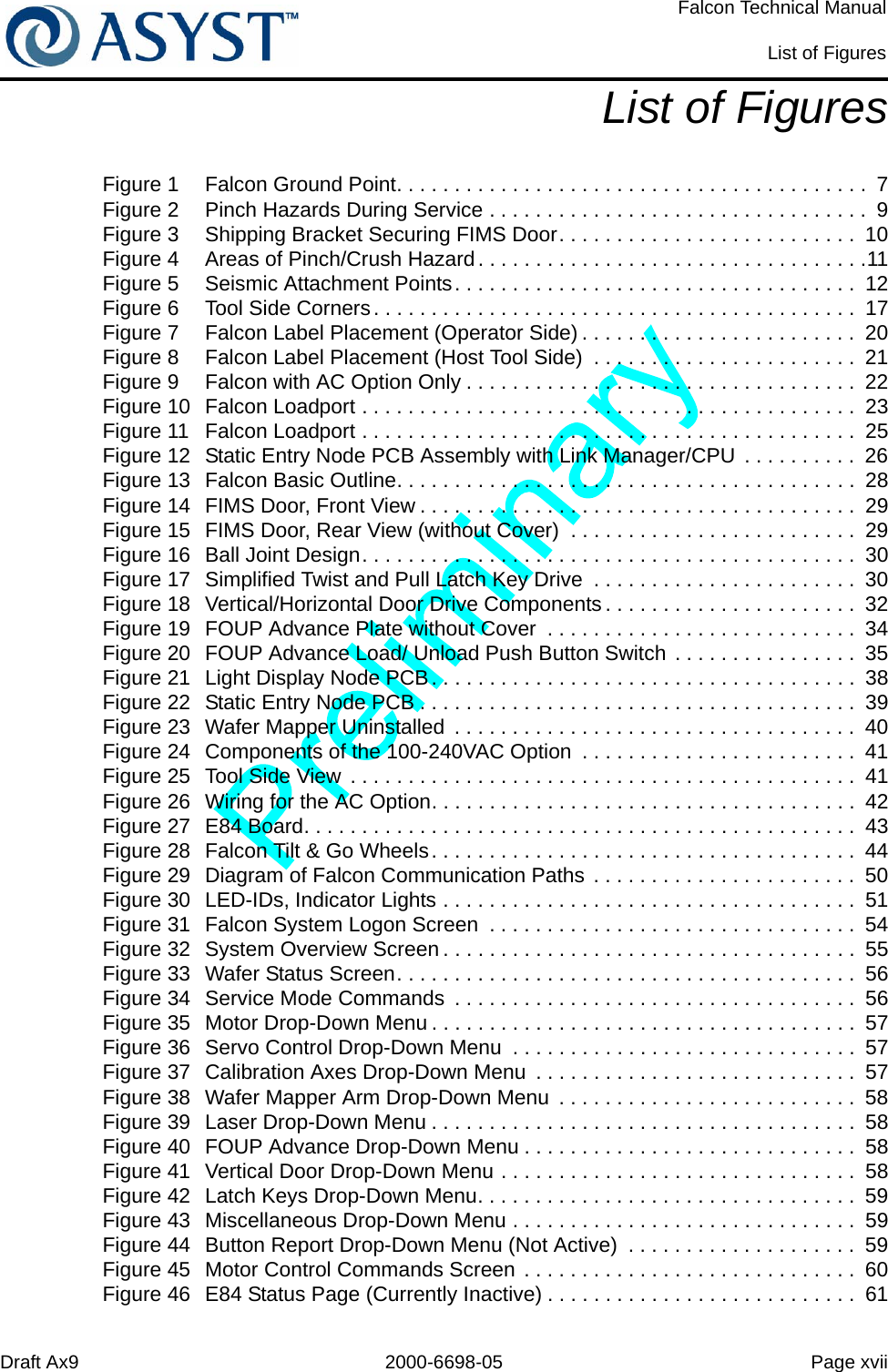MANUAL Using LOADpro Dynamic Meter Leads with your digital voltmeter This is NOT a special tool. This is a set of normal VOLTmeter leads that has a special function of locating high resistance in wiring by applying a 40mA/V dynamic load with EVERY VOLTAGE TEST. Remove your normal voltmeter leads and install these. Works with any digital. Supplier Quality Manual. Form 840-01: Supplier Quality Manual Rev. 7 10/15/18 7 of 30. 2.3 Supplier Status After the assessment has been completed, ASYST Purchasing and Quality shall designate the supplier's status as approved, preferred, or probationary.

Rorze Load Port Manual
FOUP opener

300 mm KWF series
Best place to buy macbook pro. Extensive record, supports process node scaling, N2 purging, and 200 mm cassettes

Rorze Load Port Manual
FOUP opener
300 mm KWF series
Best place to buy macbook pro. Extensive record, supports process node scaling, N2 purging, and 200 mm cassettes
Hirata Load Port Manual
Zen lite for mac. Includes utilities for 3D viewing, video editing, measuring colocalization among others. Runs on Mac OS, Windows, and Linux. Very handy for new users who don't want to download individual plugins.Load Port Manual Tool
Semilab's suite of non-contact metrologies lead the IC industry for in-line detection of ultra-low metallic contamination. Semilab offers full wafer imaging solutions, ranging from the high throughput Photoluminescence Imaging technique (PLI) to more well-established lifetime-based methods, including Suface PhotoVoltage (SPV) and microwave Photoconductance Decay (µ-PCD). The flagship digital SPV technology (FAaST system) is industry standard that leads the world in bulk Fe detection.
There is no disputing the detrimental effect of metallic contamination on the integrity of the critical gate oxide used in integrated circuits. During high temperature processing, contamination in the silicon wafer often precipitates as a defect at the Si/Dielectric interface or segregates to the dielectric – in either case it has the potential to cause premature device failure and a reduction in product yield. The probability of metallic contamination impacting yield is a function of the chip size (e.g. technology node/critical dimension) and the defect density (e.g. the amount of contamination), such that as device dimension decrease, maintaining yield requires a corresponding reduction in contamination. Figure 1 clearly demonstrates the reality of this relationship over the past 25 years, during which time the IC industry has experienced a more than 3 orders of magnitude reduction in typical background Fe concentration observed in new fabs. More importantly the near term projection, where another order of magnitude reduction is needed to meet the requirements of the state-of-the-art Si IC manufacturing, with white pixel reduction in CMOS image sensors being a major stimulus for this effort.
Figure 1. Typical background Fe concentration in new IC Fablines (blue) and the state-of-the-art SPV detection limit (red)
